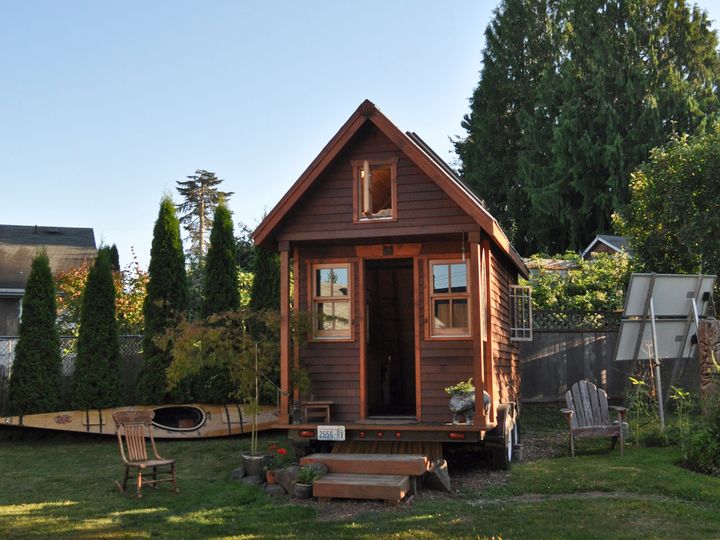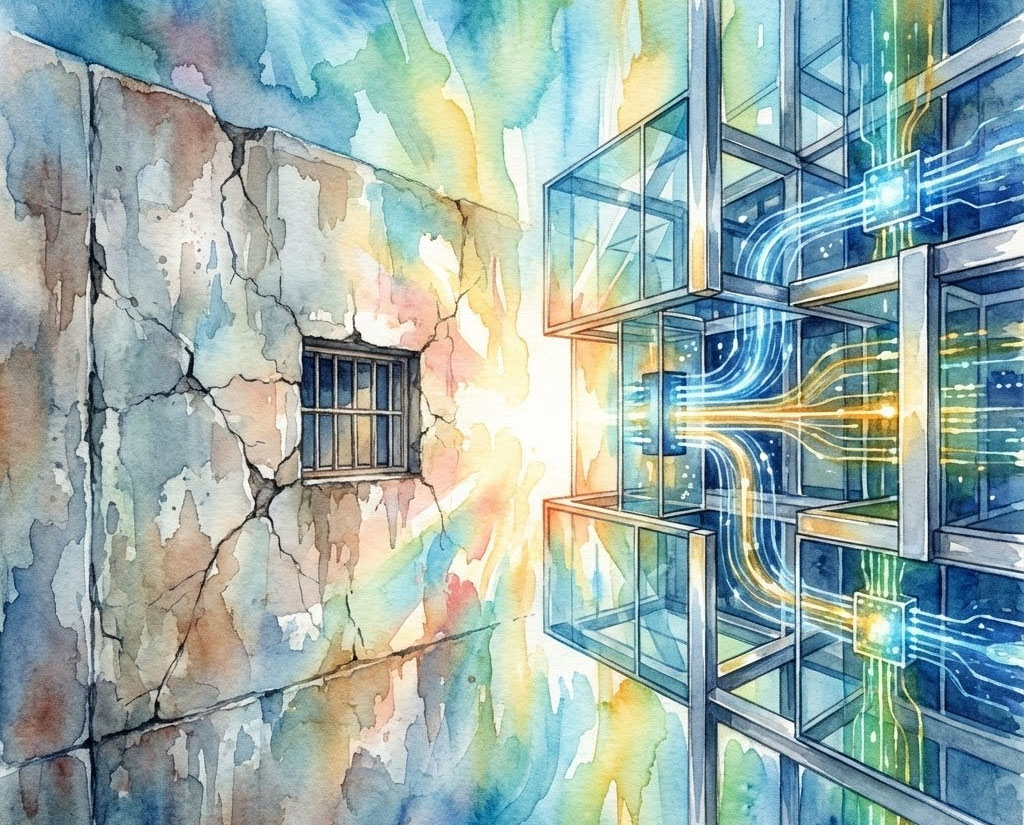
Do you love minimalism and simple living? The ultimate would be to reduce or eliminate your need to use the grid. Without the cost or worry of electricity, you can stay safe and sound in your dwelling knowing that no power failure, no snowstorm, no natural disaster will overly disrupt your way of living. Plus, it's likely to be cheaper than normal living once you get the dwelling together! Here are five examples of off-grid living to consider.
Tiny houses
Sick of the idea of paying a mortgage for 25 or 30 years? You're not alone. There's a growing movement now of people who build or buy houses that are often smaller than the typical American living room. It's certainly a challenge to live in such a small space, but think of all those people who live in RVs year-round; it is doable as long as you reduce your things and are willing to use the community for entertainment, rather than always sitting inside. Another benefit of a tiny house -- you can share land and if you get tired of the neighbors, it's relatively easy to move it.
Ecocapsule
You can argue an Ecocapsule is also a tiny home, but there's something a little more futuristic about it. Environmental thinking is built right into its design; the structure by Nice Architects includes features such as collecting and filtering rainwater, and integrated energy from solar or wind. The company says that the design is so portable that you can even bring it up to an isolated area with a pack animal.
Shipping containers
For those looking to make even less of an environmental impact, shipping containers may offer the ideal space. After all, they have been built already and are now just retired from their primary purpose. Not only that, they are secure, easy to move around and are an easy shape; most of us are used to square or rectangular houses, so adapting the design for a smaller space is not too much of a stretch. If you really want to get spectacular, you can even stack multiple shipping containers together to make a larger structure.
Underground houses
Hobbits such as Bilbo Baggins lived underground, so what's wrong with people doing the same? You have the benefit of insulation to keep you warm in the winter and cool in the summer. You have the ultimate in privacy; being underground, it means you're less likely to have passers-by bothering you because the house is difficult to see. And built correctly, it has a minimum of impact on the environment and actually looks pretty beautiful.
Cabins
This idea is somewhat similar to having a tiny house, but a cabin evokes an environment that is more rustic. Hailing back to the pioneer days of the 1800s and early 1900s, those that like living in cabins are sort of like a modern-day Henry David Thoreau, who wrote elegantly about his experience living in an isolated area in his book Walden. Cabins may be constructed of more hyper-local materials given their location (particularly if they are in woods.) Additionally, they may be harder to get to as they are more likely to be in rural areas. Many people already live off-grid in cabins for a summer experience, but the hardcore cabin-lovers will do it year-round.
Do you know of another way to live off the land? Click here to support the HeroX challenge called "Operation Methane Harvest", which proposes methods to capture methane leaking from our poles before it becomes a huge greenhouse gas problem.
Top image: A tiny house. Credit: Wikimedia Commons








